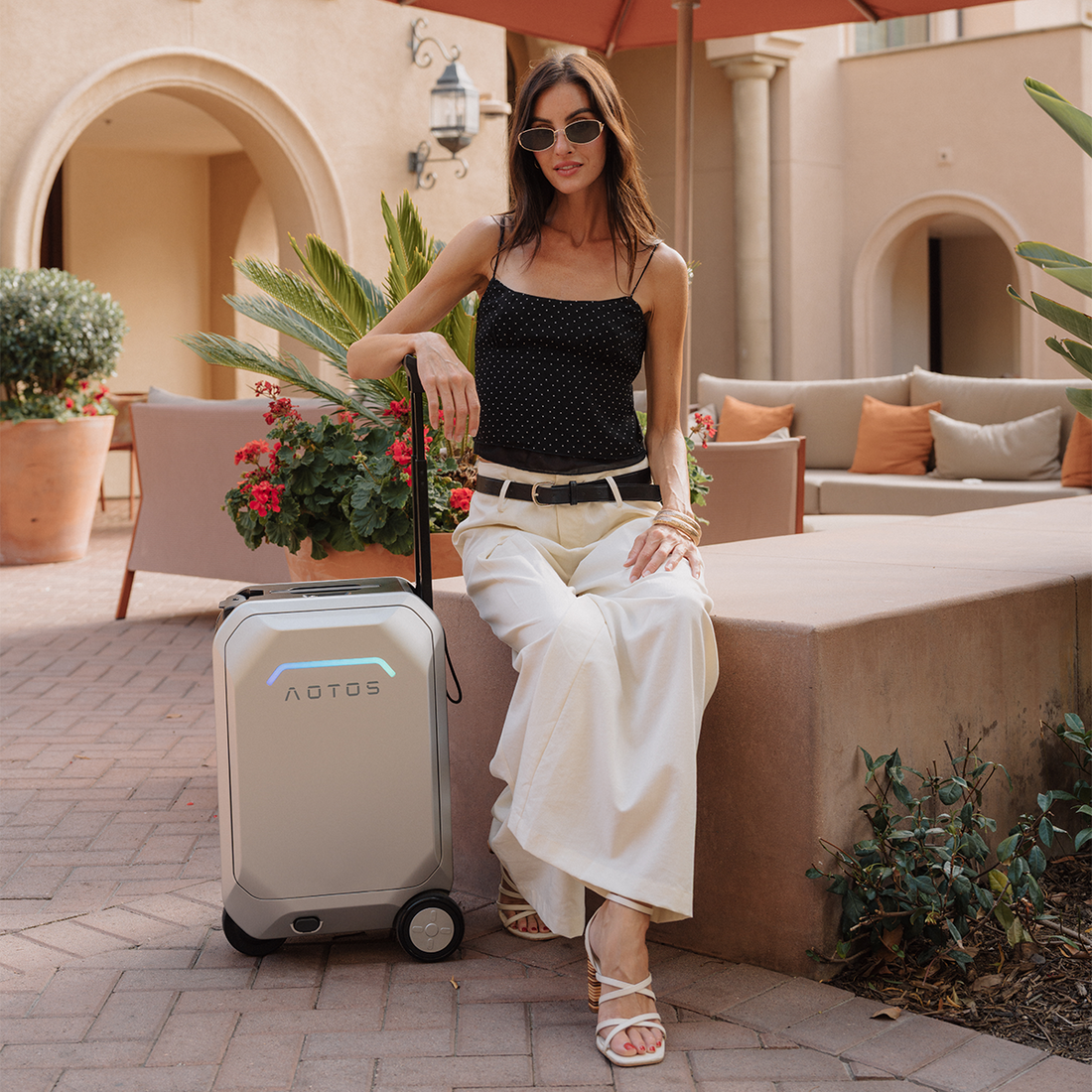
Durable Suitcase Materials Compared: Aluminum vs Polycarbonate vs Polypropylene
Share
Choosing a suitcase built to last can make all the difference on long-term travel or frequent flights.
In this guide, we break down the top materials that deliver superior durability, impact resistance, and value—helping you make a smart investment.
Aluminum: The Ultimate in Rigidity
Strength: Recognized as the toughest suitcase material—aluminum bends rather than cracks under pressure.
Drawbacks: Heavy, expensive, and easily dented—scratches and scuffs are very visible.
Best For: Luxury travelers, fragile gear, or long haul trips where protection is priority.
Polycarbonate: Balanced Durability & Flxibility
Strength: High impact resistance—flexes on impact and returns to shape without cracking.
Weight: Lighter than aluminum while remaining robust.
Scratch Resistance: Better at hiding wear; some use dyed-through shells to reduce visible marks.
Drawbacks: Pricier than ABS or polypropylene; heavier than the lightest options.
Best For: Frequent flyers who need dependable protection without excess weight.
Polypropylene (PP): Ultra-Light & Affordable
Weight: The lightest hard-shell option available.
Durability: Good flexibility and crack-resistance; though not as tough as polycarbonate.
Drawbacks: More prone to scratches and can degrade in extreme temperatures; often perceived as low-end.
Best For: Budget-conscious travelers looking for lightweight, dependable protection.
ABS (Acrylonitrile Butadiene Styrene): Cheapest Hardware Option
Cost: Most affordable hard-shell material, frequently blended with others for cost savings.
Durability: Rigid but less flexible—more prone to cracking under stress.
Best For: Infrequent travelers or ultra-budget purchases with minimal expected abuse.
Soft-Shell Fabrics: Nylon, Ballistic Nylon & Polyester
Strength: Ballistic nylon scores highest among fabrics for abrasion resistance; polyester is lighter and more affordable.
Advantages: Expandability, external pockets, flexible packing and lower weight.
Disadvantages: Less protection against impacts, seams can tear under heavy stress.
Best For: Travel that requires versatile packing, external storage, or flexibility.
Comparison Table
| Material | Durability | Weight | Impact Resistance | Scratch Visibility | Price Range |
| Aluminum | Very High | Heavy | Excellent rigidity | High | $$$$ |
| Polycarbonate | High | Moderate-Low | High flexibility | Moderate | $$–$$$ |
| Polypropylene (PP) | Moderate | Very Light | Good bounce-back | Moderate–High | $–$$ |
| ABS | Low–Moderate | Light | Low crack resistance | Moderate | $ |
| Ballistic Nylon | Moderate–High | Light | Limited, fabric-based | Low | $$–$$$ |
Final Recommendations
-
Best Overall Performer: Polycarbonate—balances strength, flexibility, weight & price.
-
Premium Protection: Aluminum—ideal when impact resistance and aesthetics outweigh weight/price concerns.
-
Lightweight Budget Option: Polypropylene—best for travelers needing light, reliable gear without high cost.
-
Flexibility & Features: Soft-shell fabrics—great for expandability, pockets, and lighter packing.
